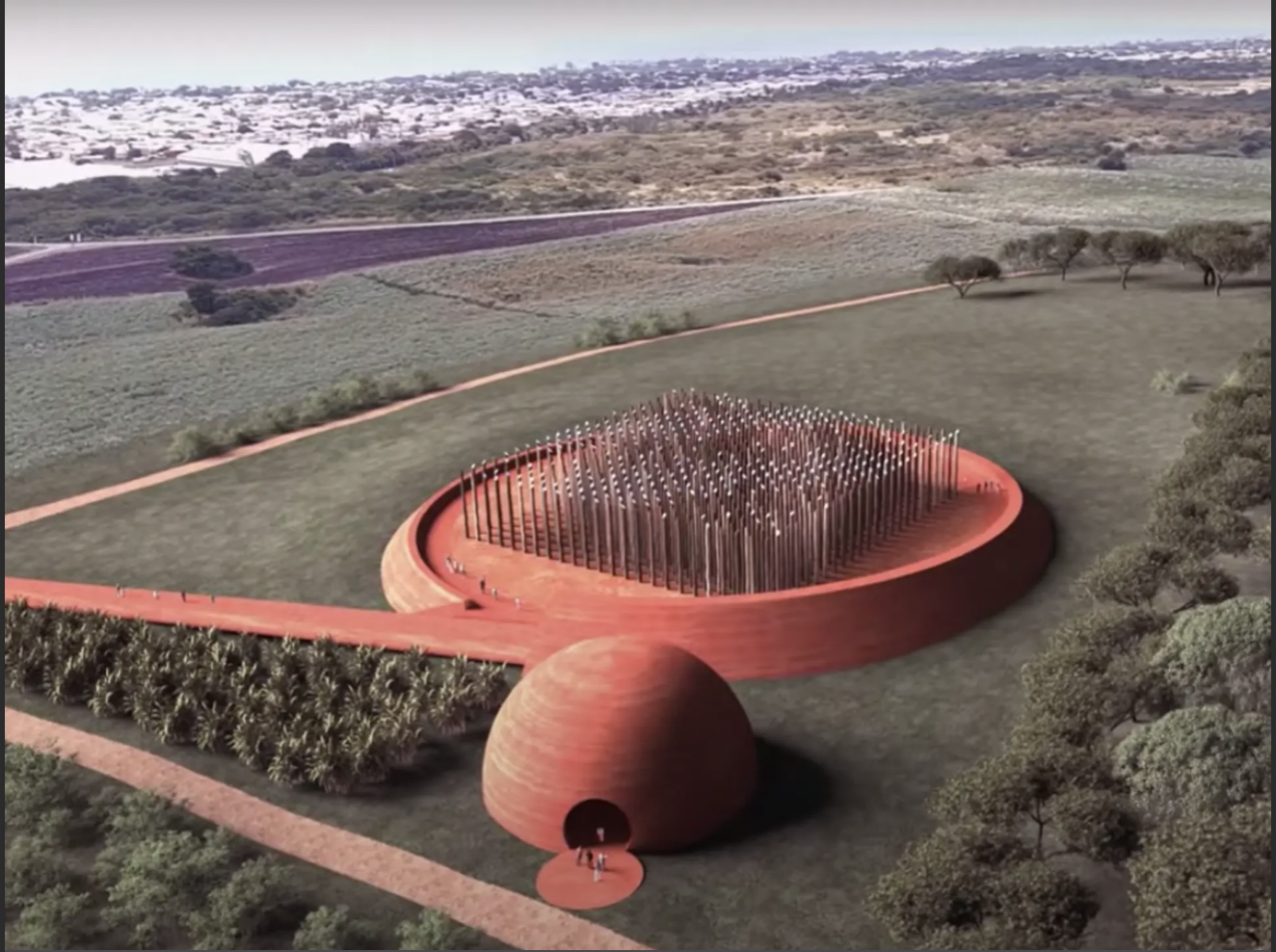
Complex that will include a research institute for the Barbados Archives—a 400-year-old documentation of the British transatlantic slave trade
The architect David Adjaye is to design a major new heritage site in Barbados, the country’s prime minister announced this weekend. The new site on the Caribbean island will lie next to a burial ground where the bodies of 570 West African victims of British transatlantic slavery were discovered.
The Barbados Heritage District “will be dedicated to unlocking the enduring trauma and histories of enslavement,” Barbados’ Prime Minister Mia Amor Mottley’s office says in a statement.
Work on the district is scheduled to begin on 30 November 2022, to mark the first anniversary of Barbados becoming a parliamentary republic. The design is based on blueprints created by the celebrated British-Ghanian architect, and will be located next to the Newton Enslaved Burial Ground Memorial, a former sugar plantation near the island’s capital Bridgetown where African slaves once worked under bondage.
The site is the largest and earliest known slave burial ground in Barbados, where the remains of hundreds of enslaved West African men, women and children were uncovered in the 1970s using LIDAR (Light Detection and Ranging) technology.
The district will comprise a research institute and museum, and will be the first Caribbean memorial and archive of its kind.
Significantly, it will also be the new home of the Barbados Archives, a major historical archive dating back 400 years and encompassing tens of millions of pages of documents relating to the transatlantic slave trade—making it one of the world’s largest catalogues of the British Empire’s direct involvement with African slavery. The materials include ship registers, slave sales ledgers, marriage licenses and manumission papers among many other documents and records.
“The district’s research institute will document Barbados’ pivotal role as the harrowing portal through which millions of enslaved Africans were forced to the Americas,” Prime Minister Mottley says. The newly homed archive “will enable Barbados to authoritatively map its history in lasting, healing and powerful ways,” she adds. “It will unearth the as-yet untold heritage embedded in centuries-old artefacts, revealing both Barbados’ history and trajectory into the future.”
Adjaye’s design will be “inherently African”, the Prime Minister said, stating: “The cycle of birth to death, born from the Earth and returning, will become manifest and mediated through architecture.”
In a statement, Adjaye says the design for the district “draws upon the technique and philosophy of traditional African tombs, prayer sites and pyramids”. Adjaye imagines the memorial “as a space that contemporaneously honours the dead, edifies the living, and manifests a new diasporic future for black civilisation that is both of the African continent and distinct from it.”
Adjaye Associates are working in partnership with the Prime Minister’s Office, the Barbados Archives Department, the Barbados Museum and Historical Society and a team of Barbadian scholars spearheaded by Sir Hilary Beckles, the vice-chancellor of the University of the West Indies.